EU-funded researchers are studying how a changing climate affects hoverflies, which mimic bees and wasps, and the evolutionary consequences of these changes.
Located nearly 11 000 light years away, a recently discovered star could provide EU-funded astronomers with new clues as to how the universe’s most massive stars are formed.
The EU funded GEOPLATE project uses magnetic sensing techniques to expand our understanding of the earth’s tectonic past, while also offering tools to help locate future natural resources.
After cancer, heart disease or acute respiratory infections, scientists may have just lift the veil on another consequence of pollution on human health – Alzheimer’s disease. They found microscopic magnetic particles from air pollution in human brains and linked them to the production of free radicals, which are themselves linked to the infamous form of dementia.
First results from the EU-funded DACCIWA project have revealed that air quality in the West Africa region has been seriously affected by the burning of charcoal, rubbish and agricultural waste.
EU-funded researchers have unveiled a set of tools that will make computer systems more energy efficient, providing large data streaming aggregations 54 times more efficient than standard implementations.
Did you sleep badly on the night between Thursday 18 August and Friday 19 August? Perhaps you had a particularly vivid nightmare or inexplicably woke up much earlier than usual. On that night there was a particularly large full moon, known in August as a Full Sturgeon Moon. Traditionally, a full moon is not only said to be able to turn humans into werewolves, but less excitedly, is a harbinger of a restless night’s sleep.
Researchers from the EU-funded VUELCO project have found that the build-up of magma 6 kilometres below El Salvador’s Ilopango caldera means that the country’s capital, San Salvador, may be at risk from future volcanic eruptions.
EU-funded research shows that when climate change policy focuses only on mitigation without considering adaptation costs and residual damages, unintended inequalities result.
Research stemming from the EU-funded TERRAGEN project has found that forest fragmentation has prompted a decline in species sensitive to changes in light, moisture and temperature.
Completed in April 2016, the BIO4MAP project is now bringing a new type of sustainable food packaging to the market. The consortium promises a significant increase in shelf life for fresh pasta and cheese, a cost 25 % lower than alternatives, and an environmental and carbon footprint reduced by up to 29 %.
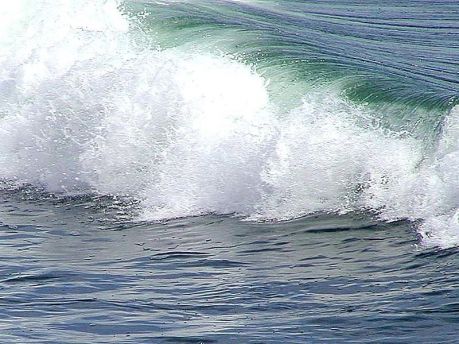
Accurate wind and wave forecasts are crucial to the day-to-day management of offshore and coastal operations and play a key role in coastal management systems. EU-funded researchers therefore developed realistic ocean wave models and incorporated them into accurate global climate forecasts.
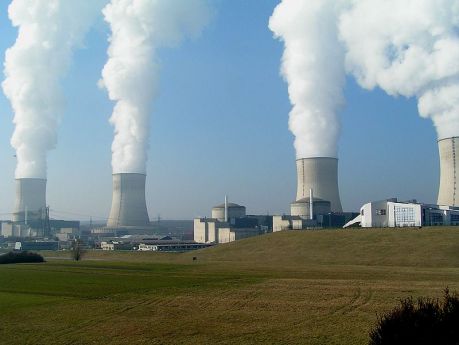
One of the main problems of the use of nuclear energy is nuclear waste management. An EU-funded project focuses on assessing the use of minor actinides from the used nuclear fuel as a fuel for next-generation nuclear reactors.
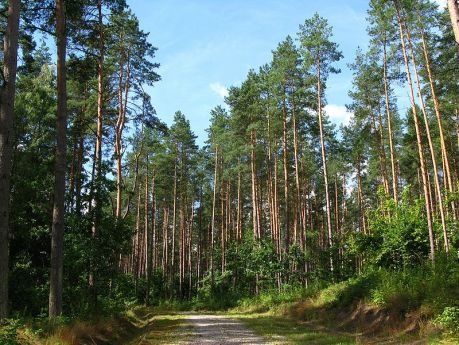
An EU research initiative sought to limit the impact of the pine wood nematode (PWN), an invasive pest that is devastating Portugal's pine forests.
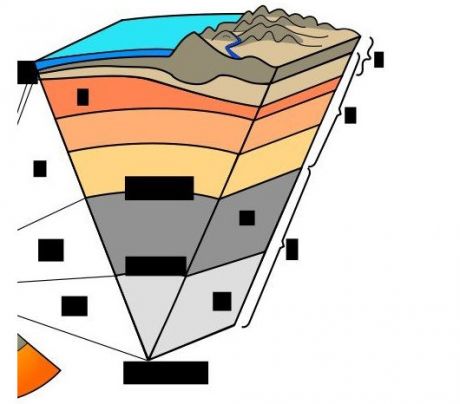
To EU-funded Earth scientists it is evident that many parts of the Earth's crust have been extracted from the underlying mantle. However, the timing of new crust formation and recycling of old crust has proven to be an elusive issue.
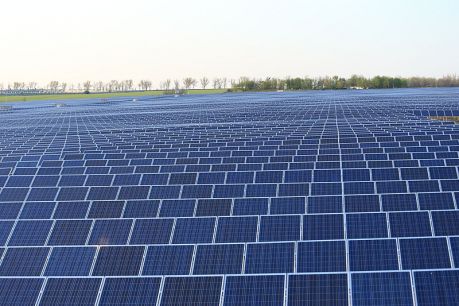
EU researchers successfully designed an innovative system for storing concentrated solar thermal energy. The developed reactor concept promises to make a real contribution to the EU's ambitious energy and climate change targets.
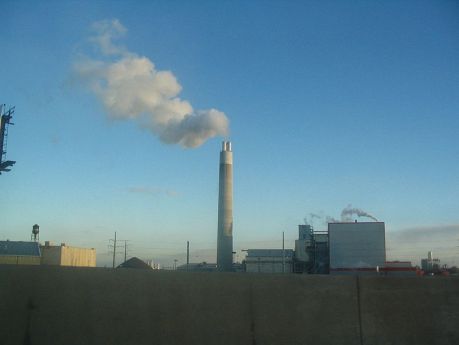
Metals released into the atmosphere from human activities pose a significant risk to ecosystems and human health. Small airborne particles with a diameter of less than 10 microns can be inhaled and then absorbed into the alveolar tissue of the lungs, resulting in damage.

Lithium-ion (Li-ion) batteries have revolutionised portable consumer electronics from cameras to cell phones to laptops. Validated safety testing of larger, higher-energy installations has paved the way to large-scale stationary applications as well.
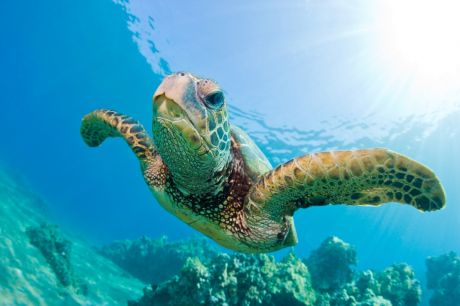
The Mediterranean supports a rich diversity of marine life, which is the focus of conservation efforts. An EU initiative investigated how best to designate and manage these sites for marine conservation.
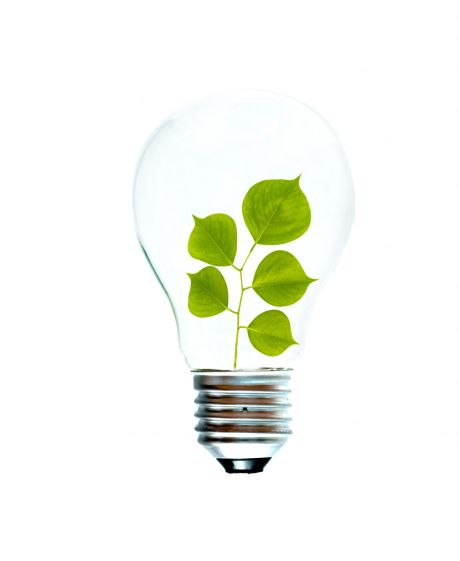
An EU project considered adapting an American tax-based scheme financing green technologies for European use. The programme was effective in its native California, and the team recommended its adoption in preference to subsidy options.
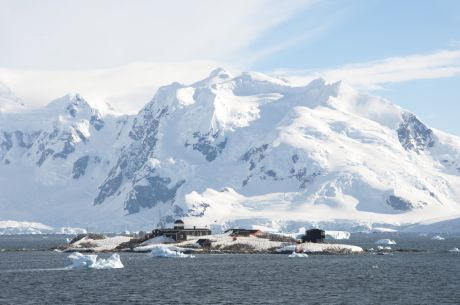
The EU lacks a roadmap that states what powers it has and how best to use them in protecting marine biodiversity in the Arctic region. An EU-funded initiative aimed to examine Europe's capability in addressing such issues.

Supplies of fresh clean drinking water and safe water sanitation are at risk from a number of different factors. An EU initiative transformed urban water services and their management, enabling utilities to design and introduce innovative and sustainable solutions.

The majority of European (and global) biodiversity is made up of insects, but little is known about their distribution, abundance and the threats they face. This lack of knowledge is of particular concern for species involved in pollination, such as bees, butterflies and hoverflies and for the benefits society gains from pollination services.
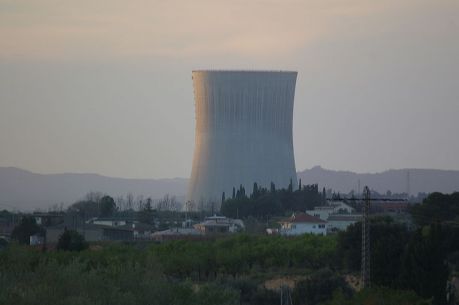
Thermal hydraulics is recognised as key to the development of next-generation reactor systems. EU-funded researchers have developed new physical models and improved numerical analysis tools as well as their application to address cross-cutting issues.
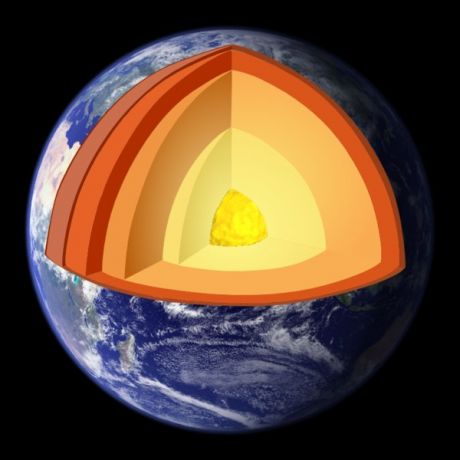
Thanks to a recent EU-funded study, geological chemists now understand how tectonic plates and convection in the mantle are connected.













